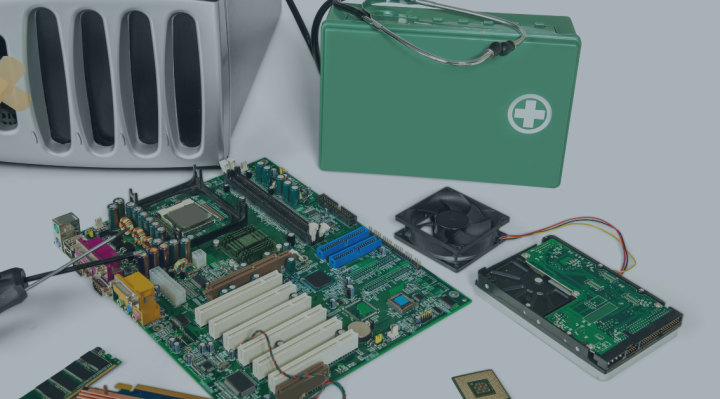The use of traceability systems (or TTC, i.e. Track, Trace and Control), which are based on tracking the flow of products and materials as well as their location, is closely linked to supply chains characterised by high complexity. It can be applied at a product or material level. Nowadays, EMS providers are required to have traceability systems implemented. Why? Because this approach provides an insight into manufacturing processes and their consecutive stages, and, as a result, facilitates the analysis of processes and identification of particular batches of products/materials. This is crucial if a component of a product turns out to be defective.
Software of TTC systems
In the area of electronics manufacturing there are many programs available enabling the implementation of a traceability system.
Below you can find some of their most important functions:
• Supervising all activities performed in a manufacturing process. In case of a defect being detected at any stage of the process, its complete history is known, incl. a batch of particular components, their provider, etc.
• Reduce inventory and avoid component shortages,
• Identify and eliminate bottlenecks,
• Improve on-time delivery,
• Monitor and improve material flow and workflow,
• Improve first-pass yields and reduce defects,
• Minimising the risk of failures caused by a human factor.
A crucial component of traceability is labelling of products using, e.g. barcodes (serial numbers) and barcode readers. In case of traceability implemented at the material level, materials must have serial numbers. This technology largely supports tracking of manufacturing processes. In short, the product labelling system allows to mark components, products and manufacturing processes, and trace them if it is integrated with a traceability system.
The most valuable, however, is real-time traceability which means real-time control over the material flow and full visibility.
The role of a route in traceability
The route is based on ordering and proper describing of undertaken activities. Its aim is to optimise processes which an EMS provider supervises, and maximally reduce working time.
A manufacturing route describes subsequent operations performed in the manufacturing process. For this purpose, it must determine available operational resources, time, costs and necessary tools. In the context of traceability it is crucial to be able to trace all processes and quality controls that a product undergoes, and also who performs particular technological operations. This facilitates resolving of possible defects by identifying their source.
It is necessary to emphasize that the route is an indispensable element of production processes in effective management systems. Not only does it improve work, but also it allows to find some savings. Those savings involve financial resources as well as time which is equally valuable. It is a priority for the technological route to determine necessary tools and time for performing particular operations at every stage of manufacturing. The real-time identification of defects allows to shorten particular stages of a process and correct activities in it.







